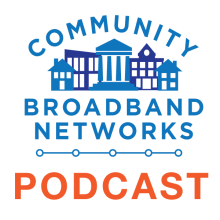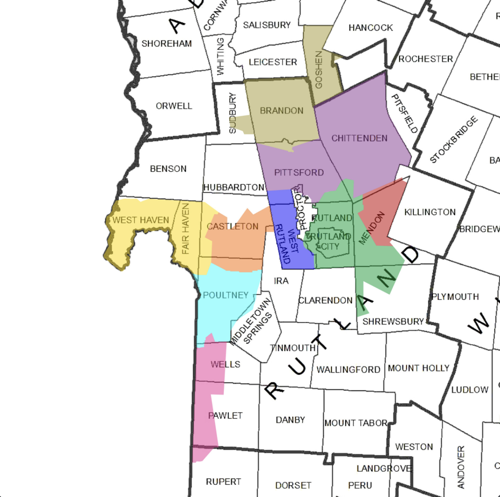The Satellite Solution That Won’t Scale - Episode 666 of the Community Broadband Bits Podcast

In this episode of the podcast, Chris is joined by longtime guest Sascha Meinrath of Penn State University to unravel what's really happening with the BEAD program—and why federal officials are quietly rewriting the rules behind closed doors.
Sascha explains how BEAD funding is being diverted away from states and into satellite providers like SpaceX, despite overwhelming data that current Starlink capacity already fails to deliver broadband speeds for most users.
They also unpack misleading speed test metrics, the dangers of ignoring physics in satellite planning, and the looming risk of space congestion.
With policy negligence threatening rural investment, economic development, and even national infrastructure, Sascha issues a stark reminder: when science is sidelined, communities pay the price.
This show is 49 minutes long and can be played on this page or via Apple Podcasts or the tool of your choice using this feed.
Transcript below.
We want your feedback and suggestions for the show-please e-mail us or leave a comment below.
Listen to other episodes or view all episodes in our index. See other podcasts from the Institute for Local Self-Reliance.
Thanks to Arne Huseby for the music. The song is Warm Duck Shuffle and is licensed under a Creative Commons Attribution (3.0) license












